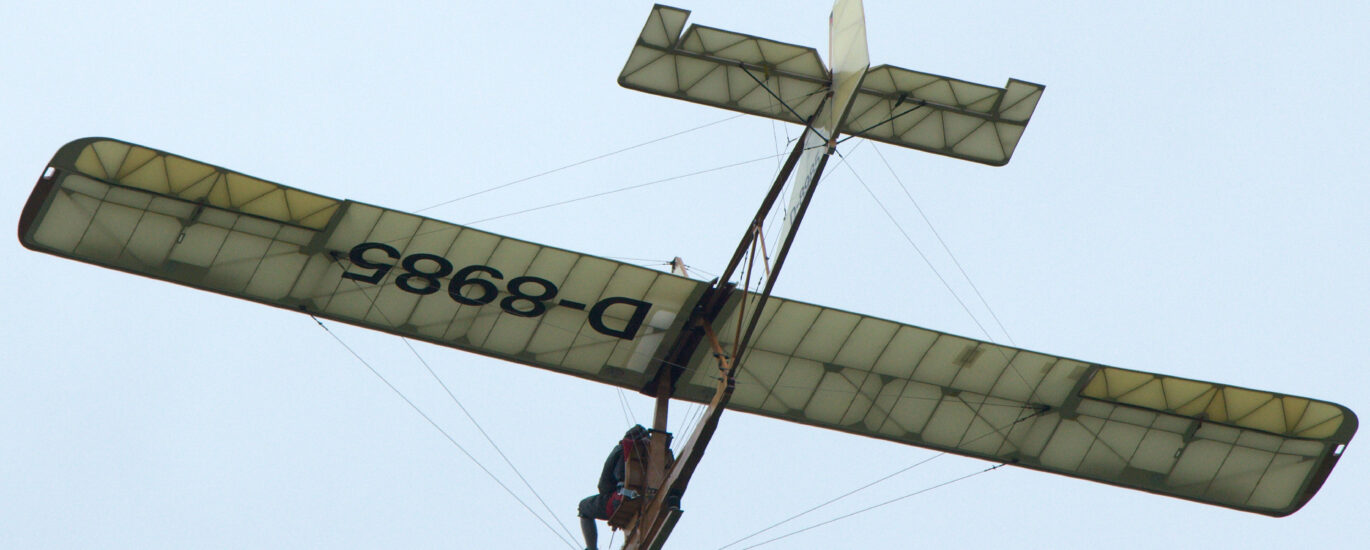Welcome to the fascinating world of the Schulgleiter (SG) 38 caréné, a pivotal piece in the history of aviation. This German-designed glider, developed in the late 1930s, played a significant role in training pilots during a critical period in aviation history. Its simplicity and effectiveness made it a staple in flight schools across Europe.
The Schulgleiter SG 38 was conceived at a time when aviation was rapidly evolving. Developed as a training glider, its design focused on affordability and ease of use, making it accessible to aviation enthusiasts and aspiring pilots alike. The glider was a product of collaboration among various engineers and was manufactured by the Schneider brothers, who were known for their contributions to glider development.
This glider holds a special place at the Musée de l’Air et de l’Espace in Le Bourget, France, one of Europe’s largest and most comprehensive aviation museums. The museum itself is a testament to the evolution of flight, with the SG 38 representing the interwar period where gliding became popular as both a sport and training method. The SG 38 was instrumental in preparing pilots for powered flight, thus contributing to the broader historical context of aviation training during the early 20th century.
Visitors to the museum can appreciate the SG 38 not only as an artifact but as a story of human ingenuity and the spirit of exploration. This glider, with its open cockpit and minimalistic design, tells the story of an era when aviation was still a daring frontier.
The museum at Le Bourget continues to evolve, with ongoing refurbishments ensuring that visitors experience the rich tapestry of aviation history. Whether you’re walking through the museum’s halls or exploring from afar, the story of the Schulgleiter SG 38 is a reminder of the innovative spirit that defines human history and the quest for flight.





